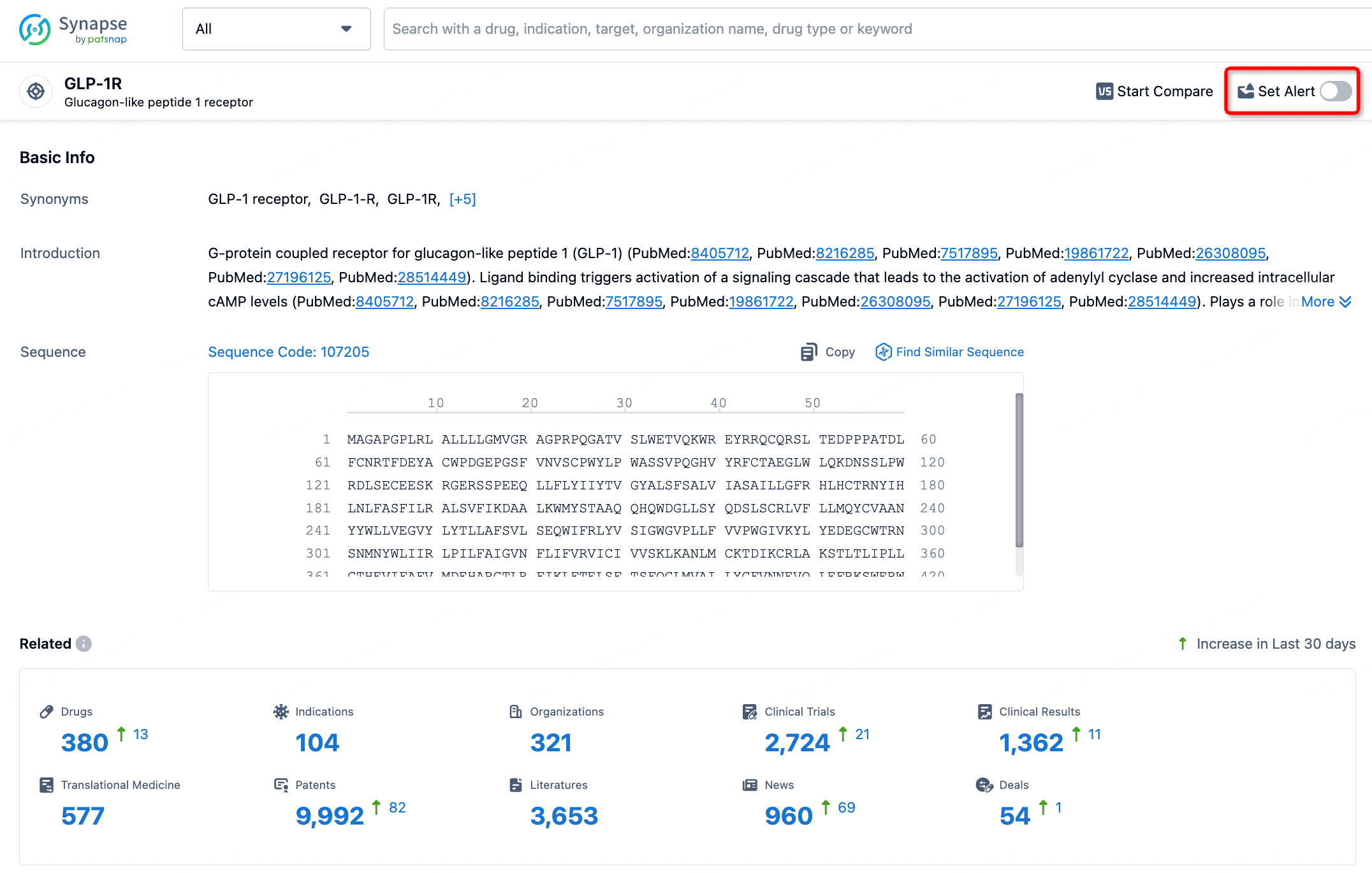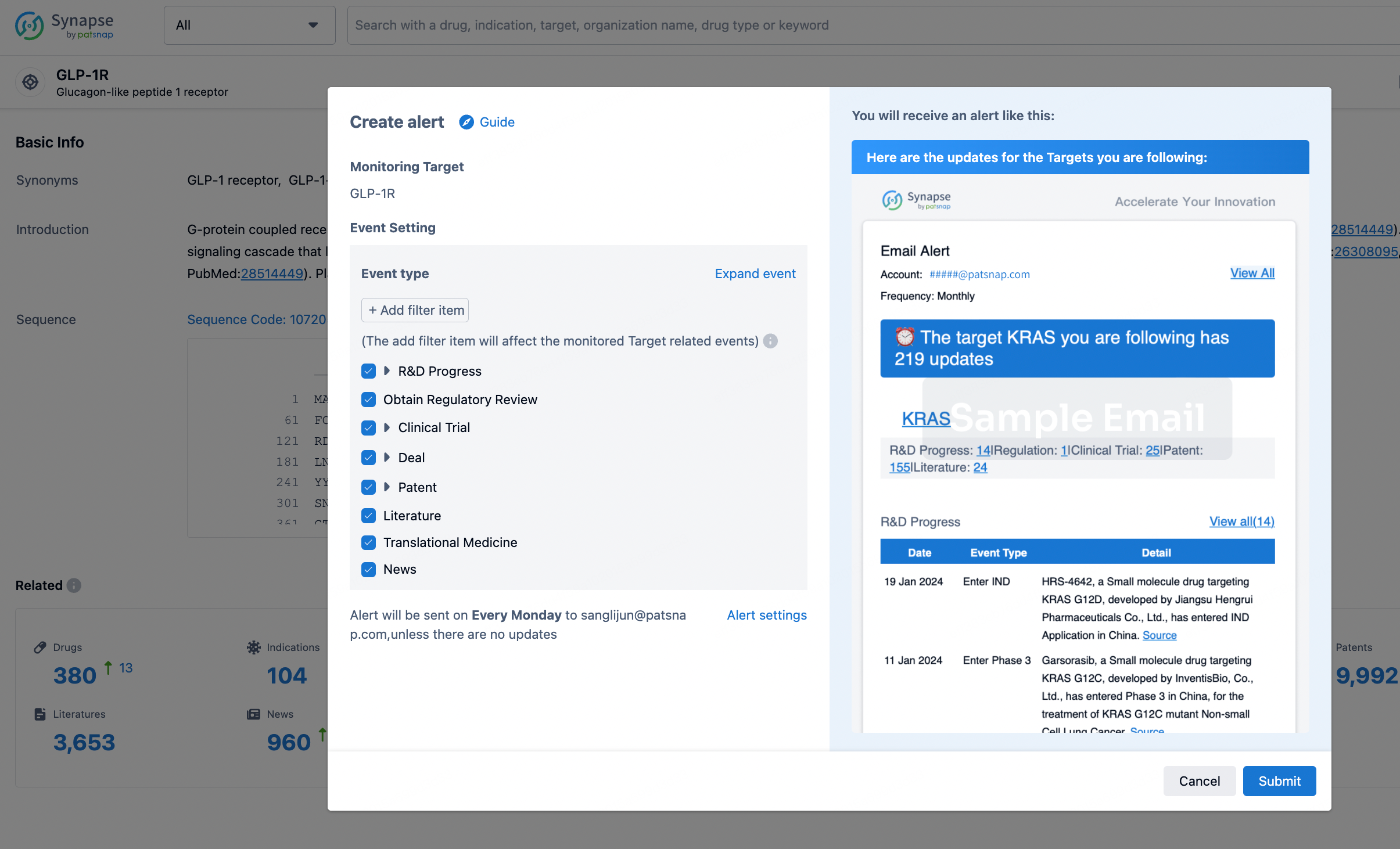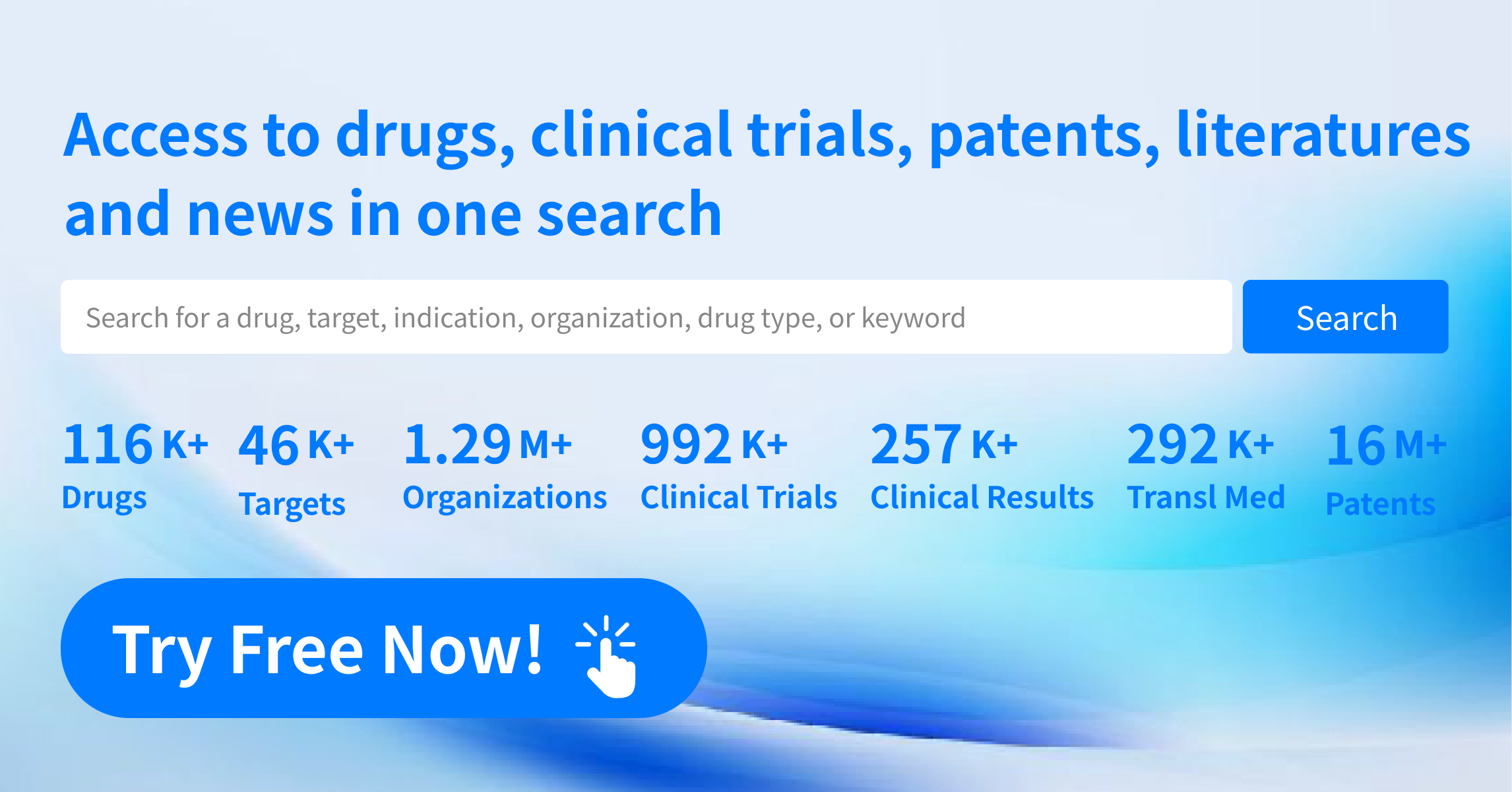Request Demo
What are PDPN modulators and how do they work?
21 June 2024
Podoplanin (PDPN) is a mucin-type transmembrane glycoprotein that has garnered significant attention in recent years due to its involvement in various physiological and pathological processes. PDPN modulators, which can either inhibit or enhance the function of PDPN, have become a focal point of research for their potential therapeutic applications. This blog post delves into the basics of PDPN modulators, their mechanisms of action, and their current and potential uses in medical science.
PDPN modulators represent a burgeoning class of therapeutic agents that target the PDPN pathway. PDPN itself plays a crucial role in a wide array of biological functions, including cell motility, development of the lymphatic system, and maintenance of tissue integrity. It is also implicated in pathological conditions such as cancer metastasis, inflammation, and cardiovascular diseases. The discovery and development of modulators that can finely tune PDPN activity offer promising avenues for novel treatments.
PDPN modulators work by either inhibiting or enhancing the activity of the PDPN protein. Inhibitors often function by binding to the active site or another critical region of the PDPN molecule, thereby blocking its interaction with endogenous ligands or receptors. For instance, monoclonal antibodies against PDPN are a type of inhibitor that can prevent the protein from engaging in its usual signaling pathways, effectively dampening its activity. Small molecule inhibitors can also interfere with the protein's function by binding to specific sites that are crucial for its activity.
On the flip side, activators or enhancers of PDPN can increase its activity by stabilizing its active conformation or by promoting its interaction with other critical molecules. These modulators are less common but can be instrumental in conditions where increased PDPN activity could be beneficial, such as in wound healing or tissue repair.
PDPN modulators have a broad range of applications, both in research and clinical settings. One of the most promising areas is cancer therapy. PDPN is often overexpressed in various types of tumors, including squamous cell carcinomas, gliomas, and certain types of sarcomas. The protein is involved in promoting metastasis by enhancing cell motility and invasion. PDPN inhibitors can thus be used as anti-metastatic agents, potentially improving outcomes for cancer patients. For instance, monoclonal antibodies against PDPN have shown efficacy in preclinical models of cancer, reducing tumor growth and metastasis.
In addition to cancer, PDPN modulators are being explored for their role in inflammatory diseases. PDPN is expressed in various cell types involved in the immune response, including fibroblastic reticular cells and certain types of macrophages. Inhibiting PDPN in these cells can modulate the immune response, offering potential treatments for autoimmune diseases and chronic inflammatory conditions.
PDPN is also a key player in cardiovascular diseases, particularly in the context of thrombosis and atherosclerosis. The glycoprotein is involved in platelet aggregation, a critical event in the formation of blood clots. PDPN inhibitors could thus serve as novel antithrombotic agents, providing an alternative to traditional blood thinners, which often come with a risk of severe bleeding.
Another intriguing application of PDPN modulators is in tissue engineering and regenerative medicine. Since PDPN plays a role in cell motility and tissue integrity, enhancing its activity could promote wound healing and tissue regeneration. This could be particularly beneficial in chronic wounds or in patients who have undergone major surgeries.
In summary, PDPN modulators offer a promising new frontier in medical science. By targeting a protein involved in a wide array of physiological and pathological processes, these modulators have the potential to treat a variety of conditions, ranging from cancer and inflammatory diseases to cardiovascular disorders and beyond. As research continues to unveil the complexities of PDPN signaling and function, the development of specific and effective modulators will undoubtedly open new avenues for therapeutic intervention.
PDPN modulators represent a burgeoning class of therapeutic agents that target the PDPN pathway. PDPN itself plays a crucial role in a wide array of biological functions, including cell motility, development of the lymphatic system, and maintenance of tissue integrity. It is also implicated in pathological conditions such as cancer metastasis, inflammation, and cardiovascular diseases. The discovery and development of modulators that can finely tune PDPN activity offer promising avenues for novel treatments.
PDPN modulators work by either inhibiting or enhancing the activity of the PDPN protein. Inhibitors often function by binding to the active site or another critical region of the PDPN molecule, thereby blocking its interaction with endogenous ligands or receptors. For instance, monoclonal antibodies against PDPN are a type of inhibitor that can prevent the protein from engaging in its usual signaling pathways, effectively dampening its activity. Small molecule inhibitors can also interfere with the protein's function by binding to specific sites that are crucial for its activity.
On the flip side, activators or enhancers of PDPN can increase its activity by stabilizing its active conformation or by promoting its interaction with other critical molecules. These modulators are less common but can be instrumental in conditions where increased PDPN activity could be beneficial, such as in wound healing or tissue repair.
PDPN modulators have a broad range of applications, both in research and clinical settings. One of the most promising areas is cancer therapy. PDPN is often overexpressed in various types of tumors, including squamous cell carcinomas, gliomas, and certain types of sarcomas. The protein is involved in promoting metastasis by enhancing cell motility and invasion. PDPN inhibitors can thus be used as anti-metastatic agents, potentially improving outcomes for cancer patients. For instance, monoclonal antibodies against PDPN have shown efficacy in preclinical models of cancer, reducing tumor growth and metastasis.
In addition to cancer, PDPN modulators are being explored for their role in inflammatory diseases. PDPN is expressed in various cell types involved in the immune response, including fibroblastic reticular cells and certain types of macrophages. Inhibiting PDPN in these cells can modulate the immune response, offering potential treatments for autoimmune diseases and chronic inflammatory conditions.
PDPN is also a key player in cardiovascular diseases, particularly in the context of thrombosis and atherosclerosis. The glycoprotein is involved in platelet aggregation, a critical event in the formation of blood clots. PDPN inhibitors could thus serve as novel antithrombotic agents, providing an alternative to traditional blood thinners, which often come with a risk of severe bleeding.
Another intriguing application of PDPN modulators is in tissue engineering and regenerative medicine. Since PDPN plays a role in cell motility and tissue integrity, enhancing its activity could promote wound healing and tissue regeneration. This could be particularly beneficial in chronic wounds or in patients who have undergone major surgeries.
In summary, PDPN modulators offer a promising new frontier in medical science. By targeting a protein involved in a wide array of physiological and pathological processes, these modulators have the potential to treat a variety of conditions, ranging from cancer and inflammatory diseases to cardiovascular disorders and beyond. As research continues to unveil the complexities of PDPN signaling and function, the development of specific and effective modulators will undoubtedly open new avenues for therapeutic intervention.
How to obtain the latest development progress of all targets?
In the Synapse database, you can stay updated on the latest research and development advances of all targets. This service is accessible anytime and anywhere, with updates available daily or weekly. Use the "Set Alert" function to stay informed. Click on the image below to embark on a brand new journey of drug discovery!
AI Agents Built for Biopharma Breakthroughs
Accelerate discovery. Empower decisions. Transform outcomes.
Get started for free today!
Accelerate Strategic R&D decision making with Synapse, PatSnap’s AI-powered Connected Innovation Intelligence Platform Built for Life Sciences Professionals.
Start your data trial now!
Synapse data is also accessible to external entities via APIs or data packages. Empower better decisions with the latest in pharmaceutical intelligence.


